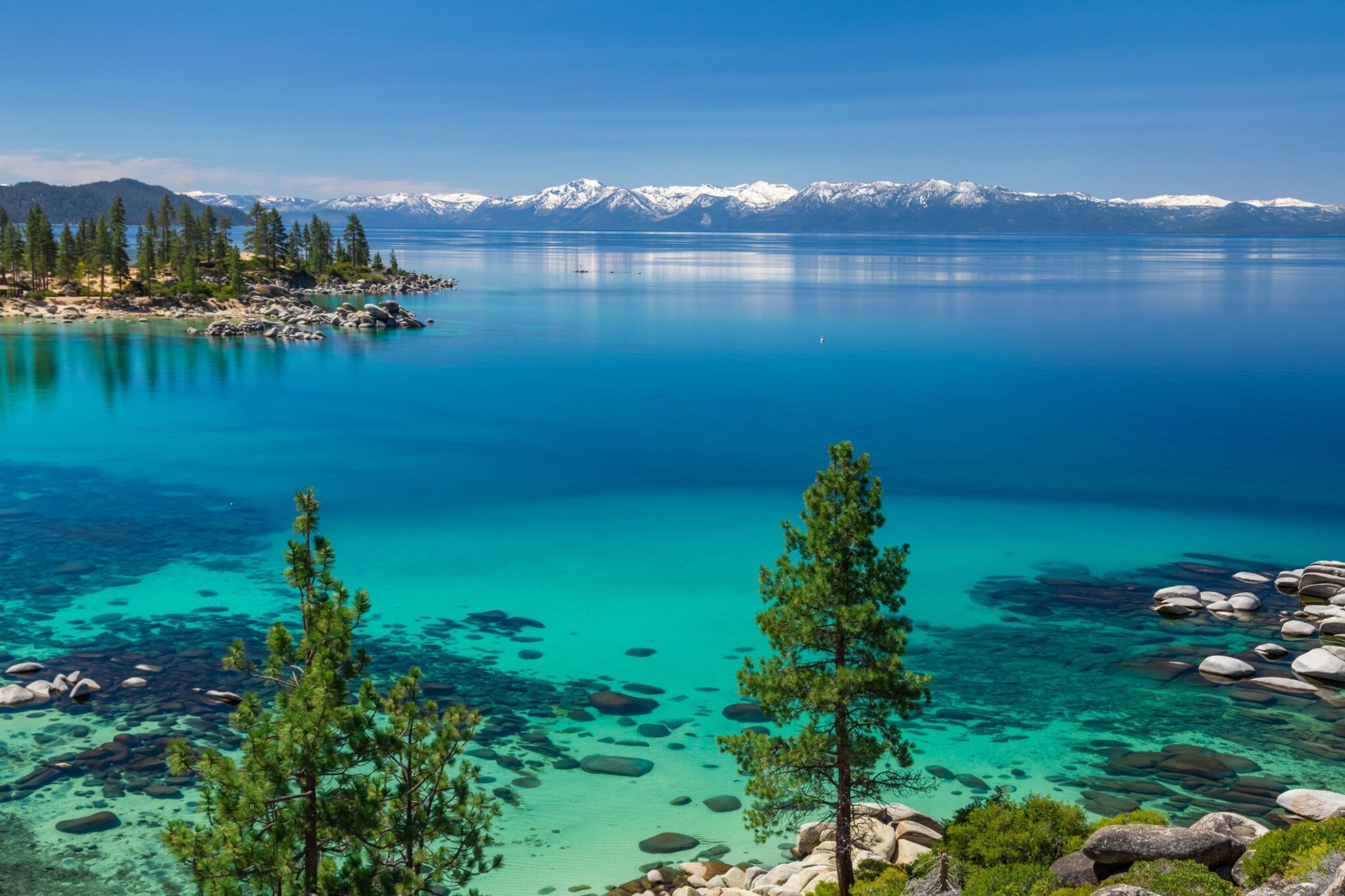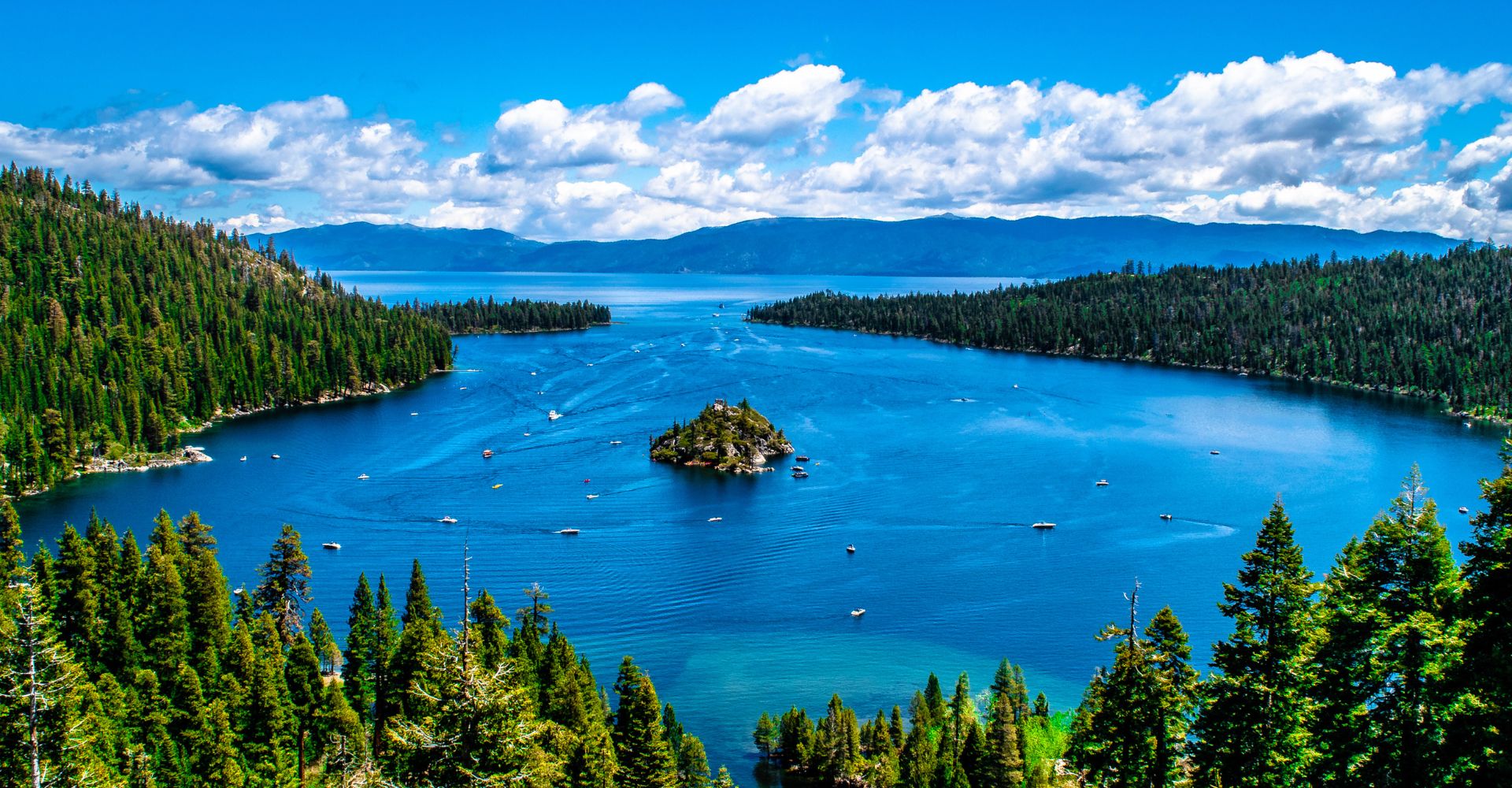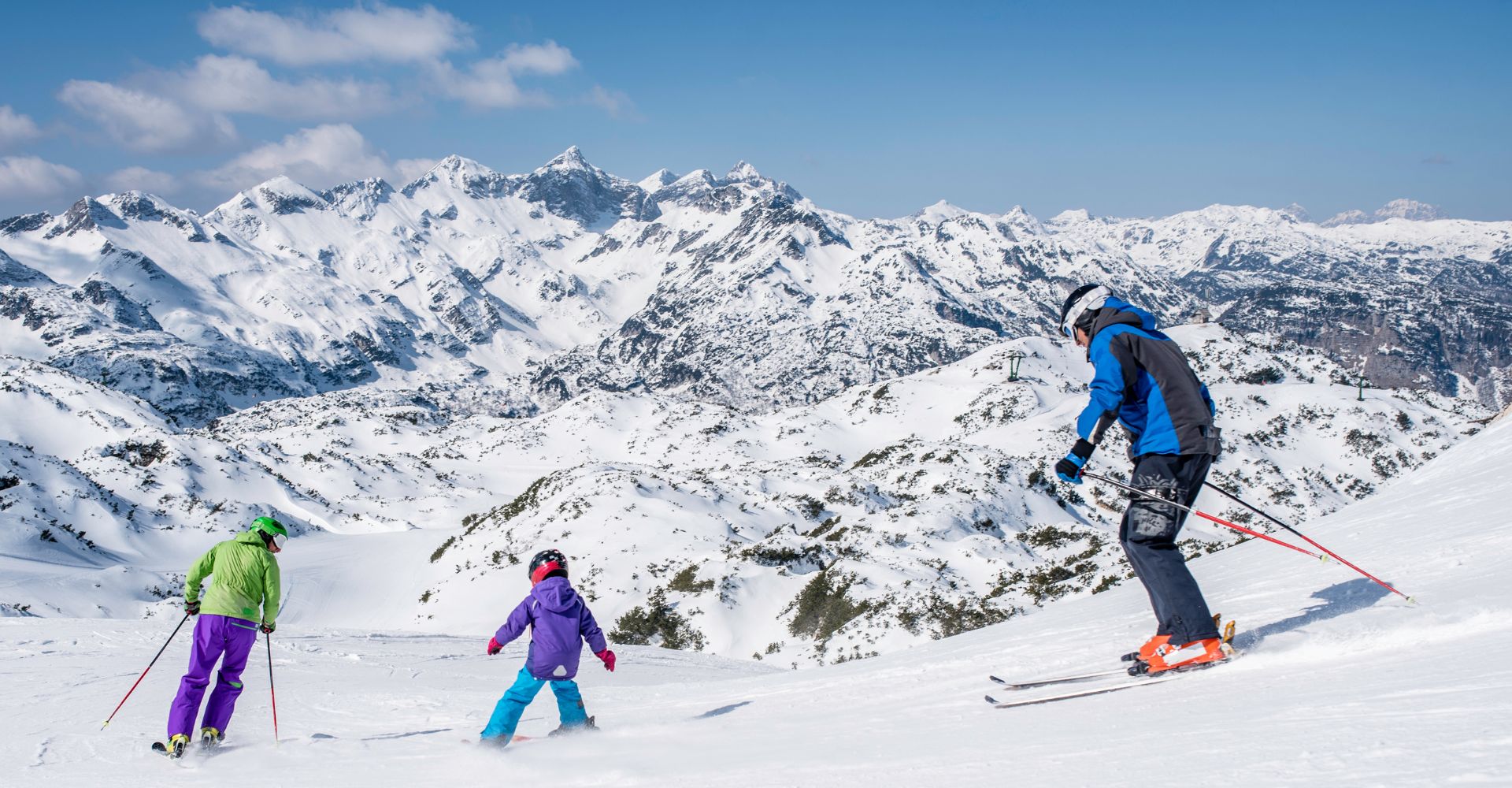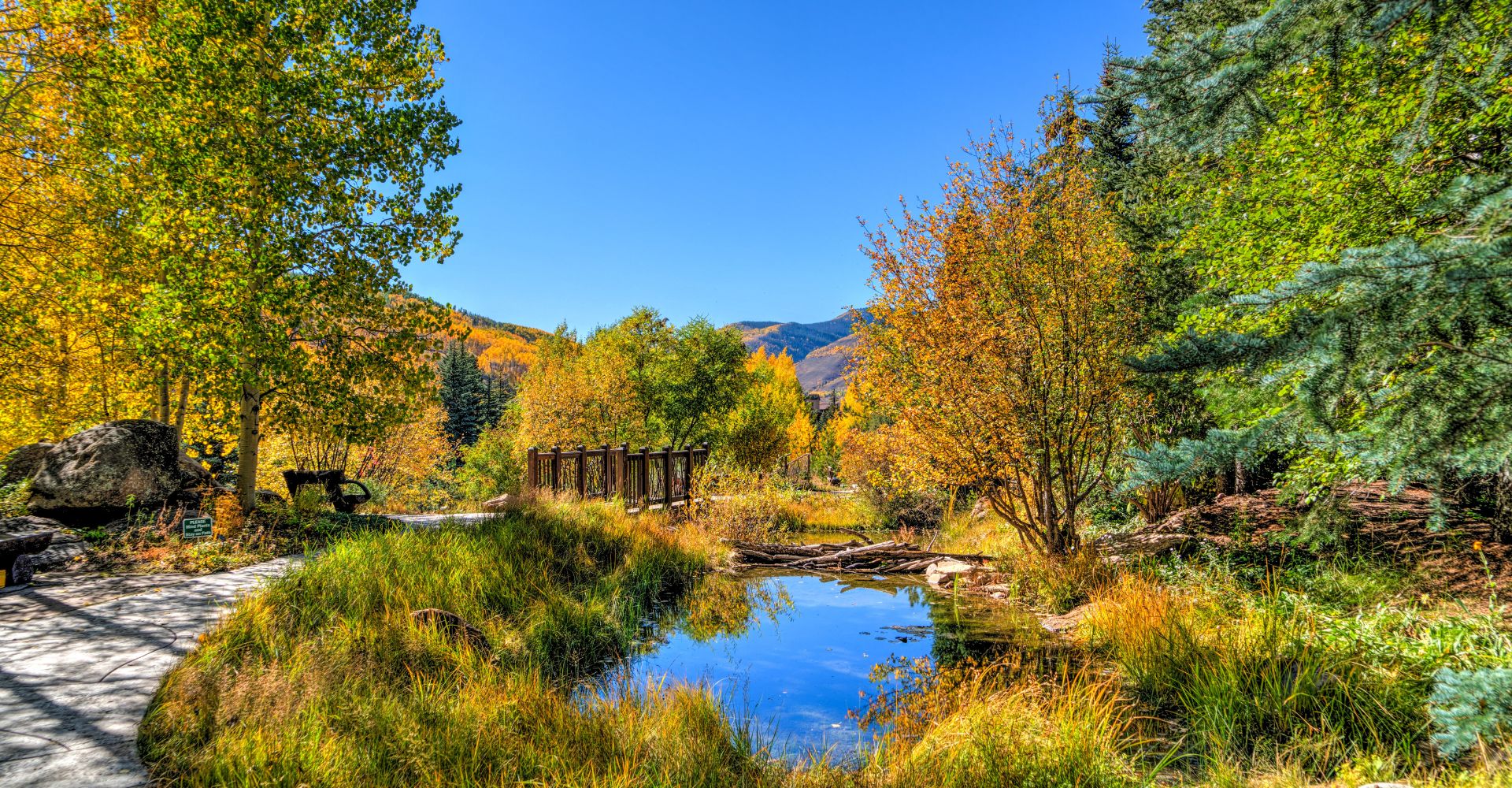Lake Tahoe, nestled amidst the majestic Sierra Nevada mountain range, captivates visitors with its breathtaking beauty and crystal-clear waters. A common question arises for many seeking adventure on this massive lake, is Tahoe a saltwater or a freshwater lake? Lake Tahoe is a freshwater lake, meaning it's filled primarily by freshwater sources like snowmelt, rain, and runoff from surrounding streams. Keep reading to learn what this means especially for fishing, swimming and other popular activities.
THE GEOLOGIC MARVEL OF HOW LAKE TAHOE CAME TO BE
The story begins millions of years ago with dynamic forces shaping our planet. The movement of Earth's tectonic plates, colossal slabs of the Earth's crust, triggered a series of geological events that laid the groundwork for Lake Tahoe's formation. 24 million years ago, a period of intense uplift created the Sierra Nevada mountain range. This colossal movement of the Earth's crust resulted in a massive block of rock being pushed upwards, forming the western border of the future Lake Tahoe basin.
Large-scale faulting, the fracturing and movement of Earth's crust, also played a pivotal role. Two major faults emerged: the Carson Range Fault on the eastern side tilted a massive block of rock upwards, creating the Carson Range, and the Sierra Nevada Fault on the western side resulted in the down-dropping of a large block of land, forming a depression that would eventually become the Lake Tahoe basin. Volcanic activity also left its mark. Millions of years ago, volcanic eruptions from Mount Pluto (now part of the Northstar California ski resort) deposited volcanic ash and debris, potentially contributing to the formation of a natural dam at the lake's northern end.
Fast forward to the Pleistocene epoch, approximately 2 million years ago when the relentless grip of the Ice Age transformed the landscape. Massive glaciers carved their way through the Sierra Nevada, scouring and shaping the basin that would become Lake Tahoe. These glaciers were instrumental in deepening the basin and creating the lake's characteristic elongated shape. As the Earth's climate warmed around 15,000 years ago, the glaciers began to recede and the massive depressions left behind filled with meltwater, forming Lake Tahoe. Snowmelt, rain, and runoff from surrounding streams continue to feed the lake to this day.
WHAT IS A FRESHWATER LAKE?
Formed millions of years ago by glaciers, Lake Tahoe is a classic example of a lacustrine lake, meaning it's filled primarily by freshwater sources including snowmelt, rain, and runoff from surrounding streams. Saltwater, on the other hand, originates from the ocean and has a high concentration of dissolved salts, primarily sodium chloride (table salt). Lakes connected to the ocean, or those in arid regions with high evaporation rates, tend to be saltier.
Freshwater lakes like Lake Tahoe, are teeming with life, supporting a vast array of aquatic flora and fauna, and play a crucial role in the health of our planet.
- Plant Life: A variety of plants thrive in freshwater lakes, from microscopic phytoplankton that form the base of the food web to larger plants that provide habitat and food for other organisms.
- Animal Life: Freshwater lakes are home to a diverse range of animals, including fish, amphibians, reptiles, insects, mollusks, and crustaceans.
- Life Source: They provide freshwater for drinking, irrigation, and industrial uses.
- Habitat Haven: They offer vital habitat for a multitude of species, playing a critical role in maintaining biodiversity.
- Natural Filters: Lakes act as natural filters, trapping pollutants and sediments from inflowing water, helping to purify it.
- Climate Regulators: Large lakes can influence local and regional climates by absorbing and releasing heat.
Freshwater lakes including Tahoe, offer a welcome respite from the summer heat, providing a scenic escape for water-sports such as swimming, kayaking, canoeing, and paddle-boarding. Lake Tahoe also boasts a healthy fish population, offering a chance to tussle with a variety of cold-water species.
Whether you’re looking for a summer or winter Lake Tahoe getaway, check out our vacation rentals on the North Side of Lake Tahoe. Give us a call at 888.598.6353 or email reservations@eastwest.com for help planning your next trip.







